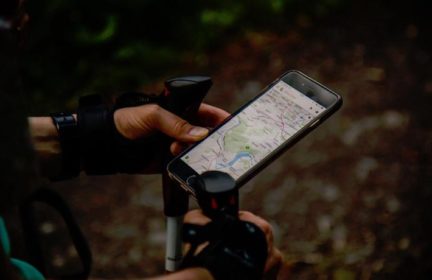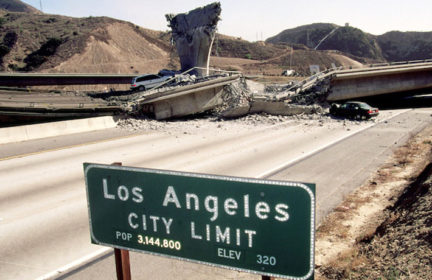Drop, cover, and hold on? Maybe not— esp. if you’re in the PNW!
I almost never read an article about earthquakes and feel like I learned a substantial new thing that will change my approach to preparedness, but this one, sent to me by a geologist friend this afternoon, was an exception. Also cool because it vindicates the generally-useful-for-preppers idea of “situational awareness”.
Citation: Goldfinger, G., 2022, Opinion: When the next Cascadia megaquake strikes, here’s what I’ll do, Temblor, https://doi.org/10.32858/temblor.242
Chris Goldfinger is a professor at OSU and one of the leading authorities on the Cascadia Subduction Zone— he did some of the research that demonstrated that it has unleashed megaquakes in the past (and will do so in the future)— so I take his thoughts seriously!
Summary:
The conventional wisdom on what to do when you feel ground shaking is “drop, cover, and hold on.” This makes sense in places that don’t have an earthquake early warning system, where earthquakes tend to be smaller (M5-7 instead of M8-9), and where most of the buildings are engineered to withstand that magnitude of quake. Given virtually no warning and low likelihood that the building you’re in will collapse, it’s smart to get under the nearest table, as fast as you can, and protect yourself from objects rocketing off walls and shelves. If you try to get outside, you’ll probably be thrown to the ground by the force of the quake or fall on the stairs, and if you do make it outside, then you’re exposed to falling bricks and signs, shattering glass, etc.
BUT in a big subduction zone earthquake, if you’re decently far away from the rupture (which you’ll likely be, because the rupture happens offshore), the faster but weaker P-waves will arrive significantly (i.e., maybe 45-60 seconds!) in advance of the stronger surface waves, which means you get a warning in the form of lighter shaking. Throw an early warning system (which the West Coast now has) on top of that and you might have 2-3 minutes of notice before the really violent shaking starts— enough to get out of the building you’re in, if you’re on one of the lower floors.
The article describes how, in some places— especially those with big earthquakes, buildings prone to collapse in them, and early warning systems, e.g., Mexico City— this understanding has been incorporated into earthquake preparedness for a long time, and in lieu of a simplistic “Drop cover and hold on” directive (which in the U.S. may be more of a cultural holdover from Cold War nuclear strike drills than anything else— to the extent that it’s efficacy in earthquakes is backed by data, they seem to be the wrong data!), preparedness advice is more contingent on the setting.
Goldfinger advocates a “situational awareness” approach, in which the messaging is more nuanced and reflective of the reality that the best thing to do depends on where you are. While this lacks the simplicity (and ease of recall) of DCHO, more and more entities, including the government of Israel and a school district in the Portland suburbs, seem to be moving away from one size fits all directives toward this model.
My thoughts:
“Situational awareness” seems like the best approach for organizations that are housed in one building: You still give your employees/attendees/students one directive, but it’s tailored to the structure. Downside is that saying, “In case of an earthquake, evacuate,” is essentially the same as saying, “This building is crap”— especially to a public that is used to hearing these differing directions and will increasingly understand why they differ. Without accompanying policy change (and it would have to be well-designed policy), we might see messaging that is more about preserving the users’ sense of safety in the building (and desire to return to it) than it is about informing people of hazards.
Situational awareness will also be much harder for individuals to implement than organizations. After all, we go in and out of buildings all the time without knowing their construction and retrofit history. Most people won’t pay attention or care, and those of us who do care will still be making educated guesses. That said, I’ve been making educated guesses about the seismic resilience of buildings for years— I just didn’t have anything to do with the information (unless you count being more or less nervous about going to this doctor’s appointment or that meeting as “doing something”). Now when I go into a building that I don’t like the look of, I can scan the exterior for fall hazards and pay attention to how long it takes me to get to where I’m going within the building from the entry, and have a sense of whether or not to run when the P-waves hit.
Hope others find it as interesting as I did!!
-
Comments (5)
-

